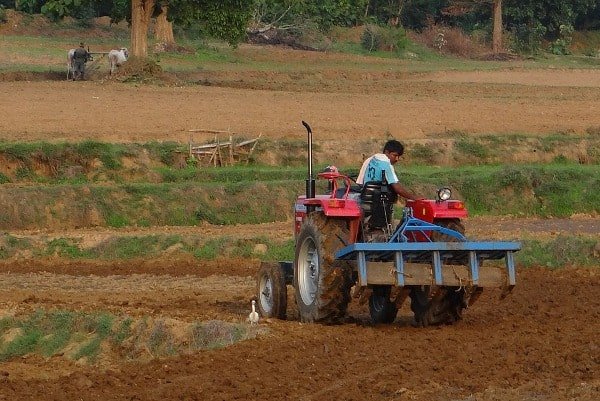Govt Pays More than 2 Lakh Crores in Subsidy every year to Farmers
Although price subsidies have the advantage that they are automatically targeted to those who are users of the subsidized input, they also create inefficiencies because they embed incentives for fraud, diversion, and waste.




